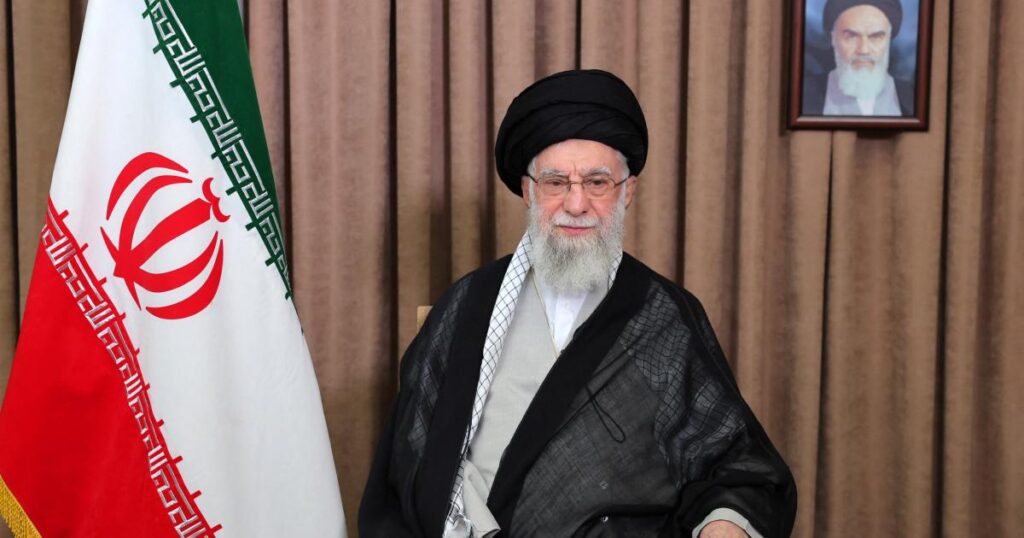On June 12, Israel launched a significant series of attacks targeting Iran’s nuclear and missile facilities, resulting in the deaths of numerous officials, though Supreme Leader Ali Khamenei survived. The Iranian regime, historically bolstered by hardliners and a network of regional proxies, miscalculated its deterrent capabilities following the October 7, 2023, Hamas attacks on Israel. Instead of allowing Hamas to engage Israel alone, Iran encouraged broader aggression, which ultimately backfired.
Israel’s military response, supported by the U.S., systematically weakened key Iranian proxies, notably Hamas and Hezbollah, and destabilized Iran’s influence in Syria, where the Assad regime collapsed. Iran’s retaliatory missile strikes against Israel were largely ineffective due to robust Israeli air defenses.
By early 2025, despite continued declarations of resilience from Iranian leaders, including Islamic Revolutionary Guard Corps (IRGC) head Hossain Salami, the regime faced unprecedented vulnerability. Key military leaders were killed, and Iran’s military infrastructure was severely damaged, undermining its deterrent capabilities.
In this context, the Iranian leadership faced a dilemma: either seek a compromise with Israel and the U.S. by abandoning its nuclear ambitions and proxy support, or escalate its confrontational stance further, potentially pushing the regime toward collapse. Ultimately, the Iranian regime is at a crossroads—either to integrate diplomatically in the region or risk further isolation and destruction.
Source link


